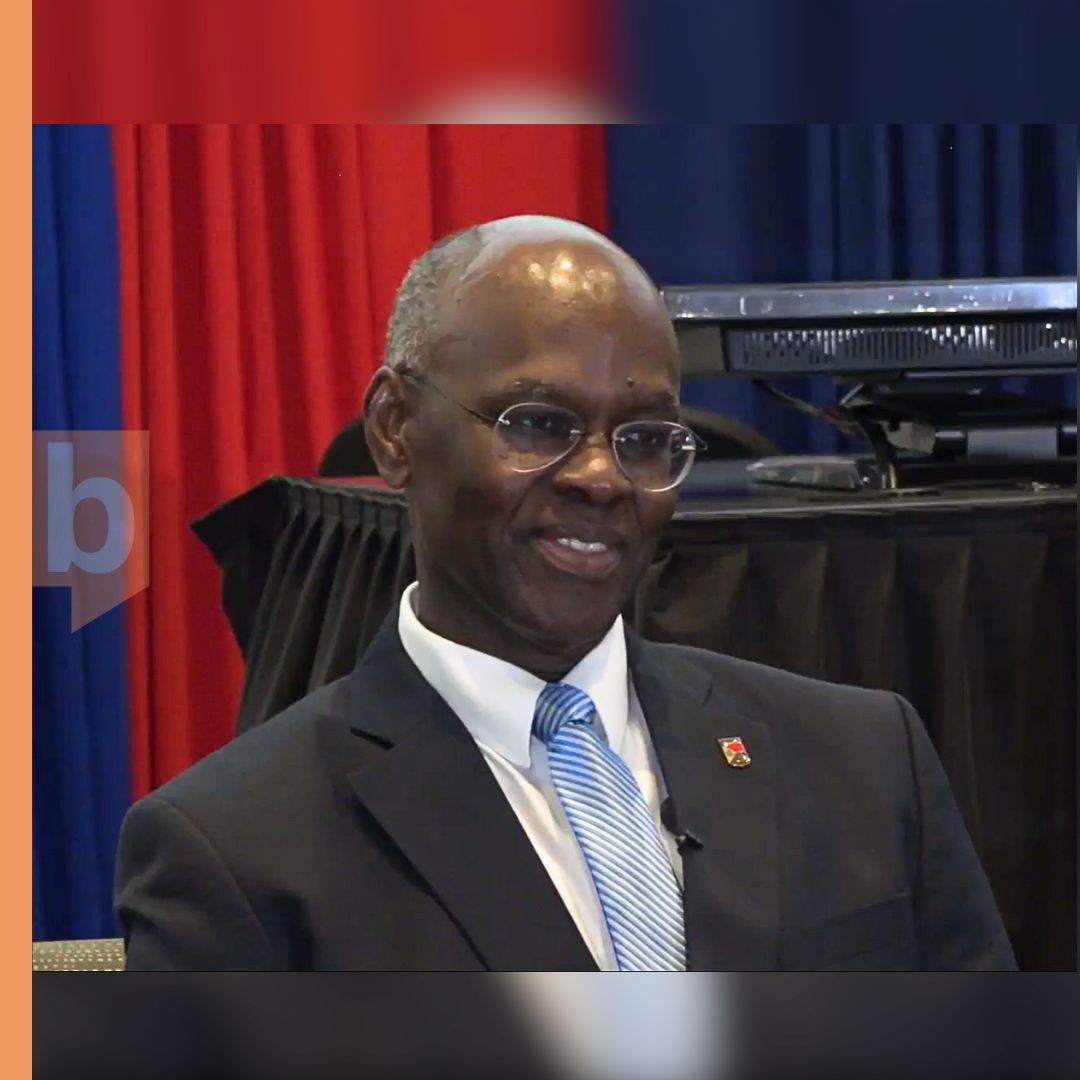Eleven governments in 15 years and skewed incomes, Holiday maps a fix with Vision 2035

CUPECOY--Eleven governments in fifteen years, a skewed income distribution, and stop-start growth frame St. Maarten’s story since 10-10-10. In his keynote at the Governor’s Symposium, former governor and Holiday Institute president Drs. Eugene B. Holiday used those facts to anchor a sober assessment and to argue for a practical course correction through his Vision 2035 agenda.
The political baseline is instability. From 2010 to 2024 the country averaged government terms of about 16 months. Holiday linked that churn to weaker rule enforcement, thin policy execution, and investor uncertainty. The economic baseline is mixed. GDP per capita rose from roughly 26,400 dollars in 2011 to about 38,100 dollars in 2024, placing St. Maarten in the high income bracket, yet growth averaged only about 0.4 percent over the period as external shocks hit in sequence, the great recession, the 2017 hurricanes, the COVID-19 collapse, and the inflation cycle tied to supply chains, energy prices, and the war in Ukraine.
Household realities temper the headline income figure. Sixty percent of workers earn under roughly 3,376 guilders per month, ten percent earn above about 5,011 guilders, and living costs for food, housing, and utilities remain high. Youth unemployment runs at about twice the national average. Health financing has been under strain, with an accumulated SZV health fund deficit of about 500 million guilders from 2010 to 2023. Waste management and other environmental pressures persist. On the fiscal side the deficit reached about 10 percent of GDP in 2020, while debt rose from about 15.4 percent of GDP in 2010 to about 49 percent in 2024, peaking near 56 percent in 2020. Dutch grants and loans stabilized finances during the crises, but also revived debates about the balance between Kingdom oversight and country authority.
As reported earlier on Wednesday (see related story), Holiday’s argument is that the next decade must translate lessons from these numbers into delivery. Vision 2035 is his proposed operating plan. First, a human development strategy that prioritizes education and health. He called for a curriculum reset toward civic education, STEM, and digital fluency, a standing training and development program for the public service and wider workforce, and a return-home incentive to bring graduates back. He tied human development to identity, proposing a cultural education program and a referendum to establish an official national anthem as a unifying symbol.
Second, a digital transformation strategy. Decisions must sit on reliable data, so he urged investment in data infrastructure, data governance, artificial intelligence, and digital literacy, with an accelerated digitization of public services to improve access and accountability.
Third, an energy transition led by solar. All government buildings should operate on solar by 2030. GEBE should deploy phased community microgrids of 5 to 10 megawatts peak each, with completion by 2035. The objective is lower electricity costs, higher energy independence, and local technical jobs tied to installation and maintenance.
Fourth, a sustainable economic strategy that raises resilience and self-reliance. Tourism infrastructure and service quality need upgrades through training. Sustainability should be embedded through conservation that protects beaches, reefs, and wetlands. Capital projects must be climate resilient, and the base should broaden into knowledge sectors such as technology, creative industries, education, and health care. He identified Cay Hill as the axis for a regional health care center that can serve the island and nearby markets.
Fifth, a regional strategy. St. Maarten should seek associate membership in CARICOM and position itself as a regional node for digital and green solutions by hosting an annual technology conference focused on practical collaboration.
Sixth, fiscal reform and sustainable financing. Budgets need reprioritization and a broader tax base. He recommended a 20 dollar sustainability fee on the electronic immigration card for nonresident air passengers starting January 2026, with proceeds dedicated to a Sustainable Development Fund for long term national priorities.
Seventh, governance. Vision 2035 stands or falls on effective, efficient, exemplary institutions. Holiday pressed for data-driven financial management, merit-based staffing, and clear lines of accountability. Financial independence, he said, underwrites policy independence, which in turn makes self-governance real rather than symbolic.
The through line is alignment. Political stability supports execution, execution improves outcomes, outcomes justify investment and trust. Holiday’s case is that the country has achieved visible gains, an airport and harbor rebuilt, a hospital under construction, interim energy capacity secured, but the statistics that matter for families, jobs, and services will only move if the next ten years prioritize human capital, data, clean energy, resilience, regional links, disciplined financing, and strong institutions. The choices made now, he concluded, will shape the next half century.
Join Our Community Today
Subscribe to our mailing list to be the first to receive
breaking news, updates, and more.





%20(412%20x%20570%20px)%20(412%20x%20340%20px).jpg)